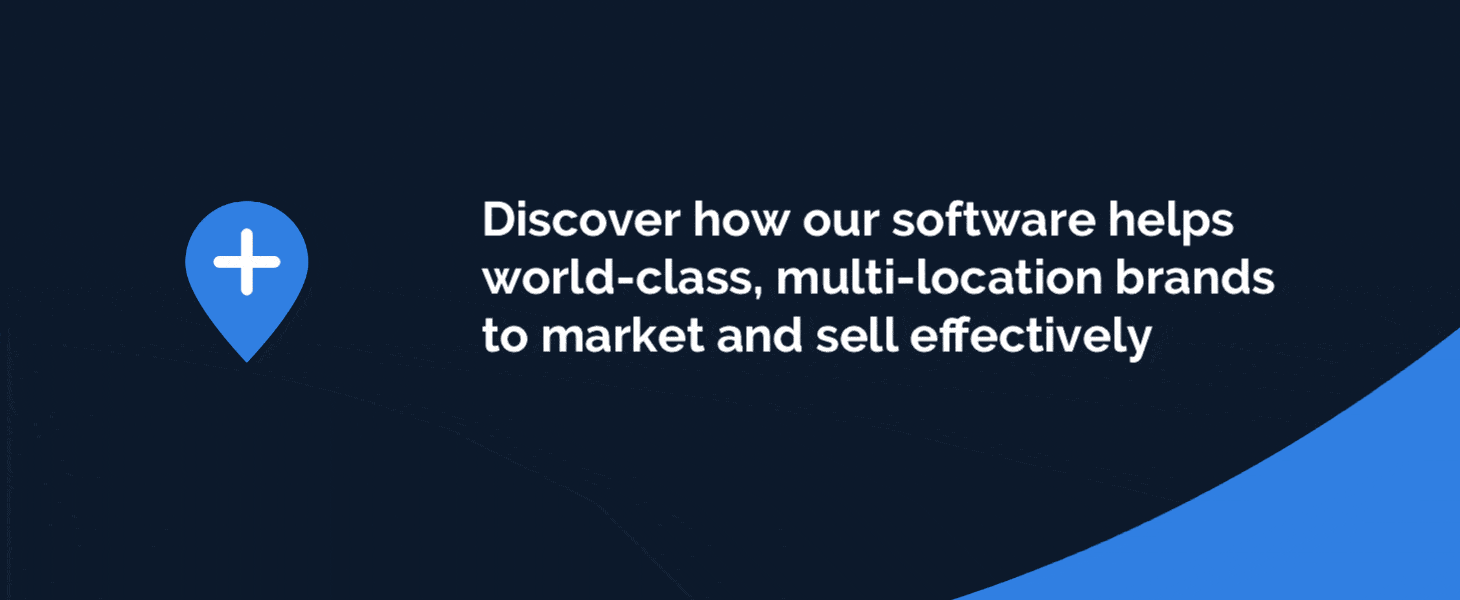Brand-to-local systems serve a diverse community of users, so it’s important to understand the unique value that each type of user brings to the system, and to understand how each group typically defines success.
- Local Marketers: The largest single segment of CampaignDrive users are local marketers themselves. Whether franchisee, dealer, reseller, or some other type of affiliate, these users share several attributes in common. First, they have many more jobs than marketing alone: sales, hr, finance, admin, you name it. This means that most local marketers don’t have much time to think about the marketing challenge, and likely aren’t as familiar with the language and jargon of marketing as the marketing team at brand HQ. From a technology perspective, these attributes make local marketers demanding users of brand-to-local systems. They want to be able to find what theyire looking for very quickly, and to customize that material for their needs without a lot of complexity. To be sure, local marketers understand the value of a strong brand. But they want that value to power their businesses—not constrain them. They define success according to the speed and simplicity with which they can execute marketing campaigns, and the impact these campaigns have on their sales.
- Field Marketing Managers: The folks who oversee the activities of multiple locations go by many names—Regional Marketing Managers, Field Marketing Support, etc. Whatever the terminology might be, there are several challenges these users share in common. The first, and most critical, is simply to win sufficient mind-share with the local marketers in their area of responsibility to spark consistent, sustained execution of the brand at the local level. Sometimes, that means executing marketing programs for the localities. Sometimes, it means working together with a local marketer to get a program in the field. And other times, it means standing back, and supporting local marketers as they execute programs on their own. A good field marketer knows when to use each of these modes and, just as important, knows how to apply brand tools and resources to make all of them successful. To this end, the Field Marketer knows how to translate marketing jargon into terms that local marketers find easy to understand. They know how to locate marketing assets and put them at the local marketer’s fingertips And, they know how to monitor usage of assets and tools among their local marketers, to provide additional inspiration and support where necessary.
- Brand Designers and Content Creators: These marketing professionals provide the creative and content that powers the brand-to-local system. Typically, they operate within an in-house agency or studio environment, and are responsible for creating the brand assets, templates, and content components to drive marketing campaigns. As such, these users combine expert understanding of marketing and brand strategy, as well as creative production. Increasingly, they are also expert in developing the user experience for local marketers that makes the production of local marketing tactics as intuitive and productive as possible. This entails augmenting traditional marketing skills with a working knowledge of meta-data, asset conversions, and approval workflows.
- Brand Managers: The brand management team sets the direction for the brand-to-local system, and monitors usage across local marketers, regions and individual assets to optimize the execution of the brand at the local level. These administrators are responsible for defining and implementing connections between the brand-to-local system and the larger marketing technology ecosystem. They serve as champions for the system in the definition of budgets and projects, and help ensure that the organization is deriving maximum return from its investments in brand-to-local, DAM, CRM, and other technologies.

